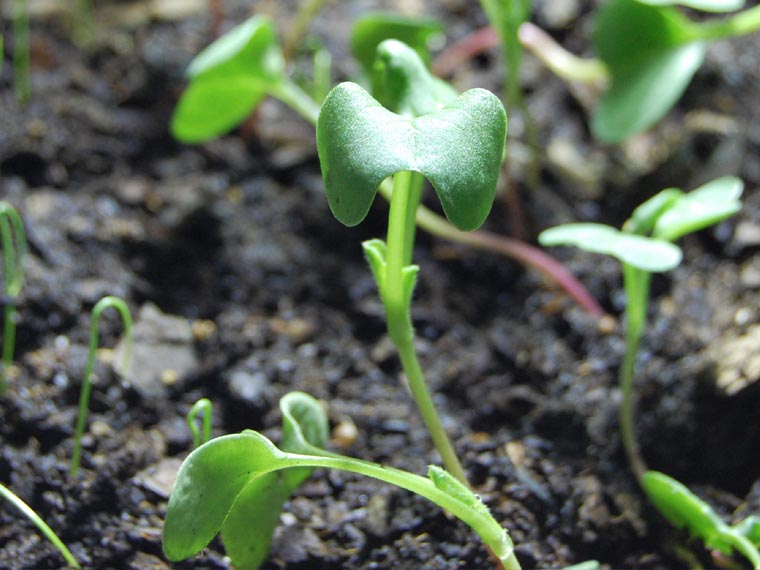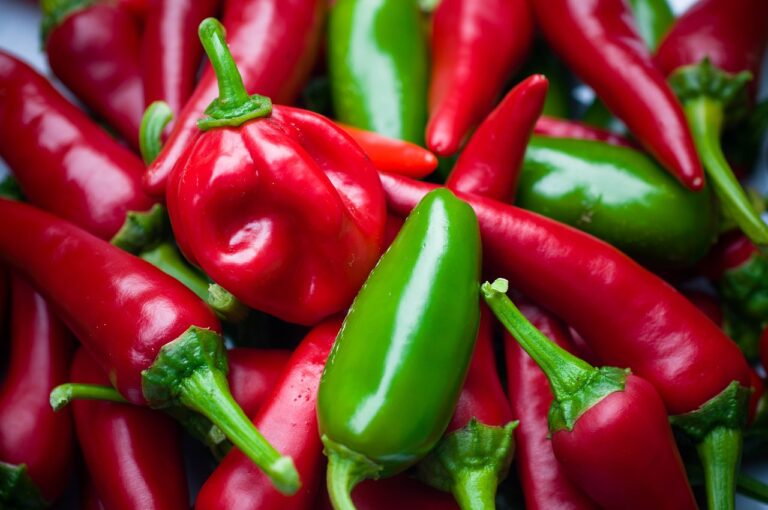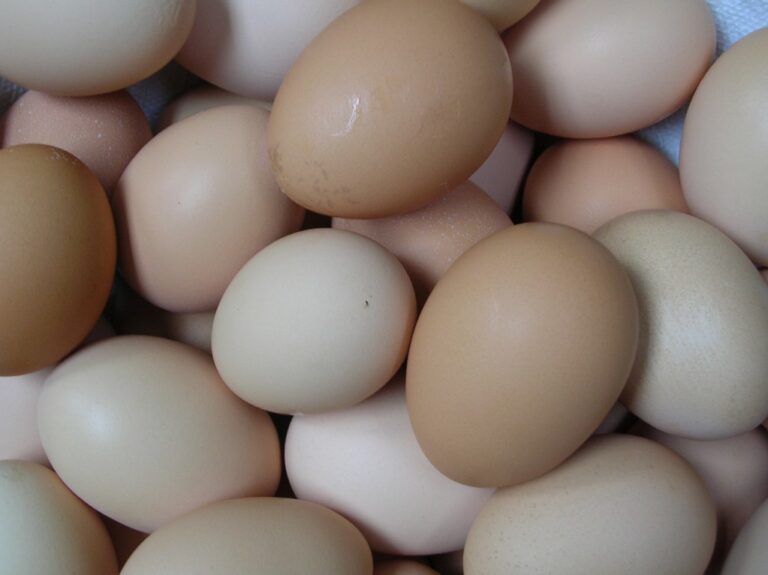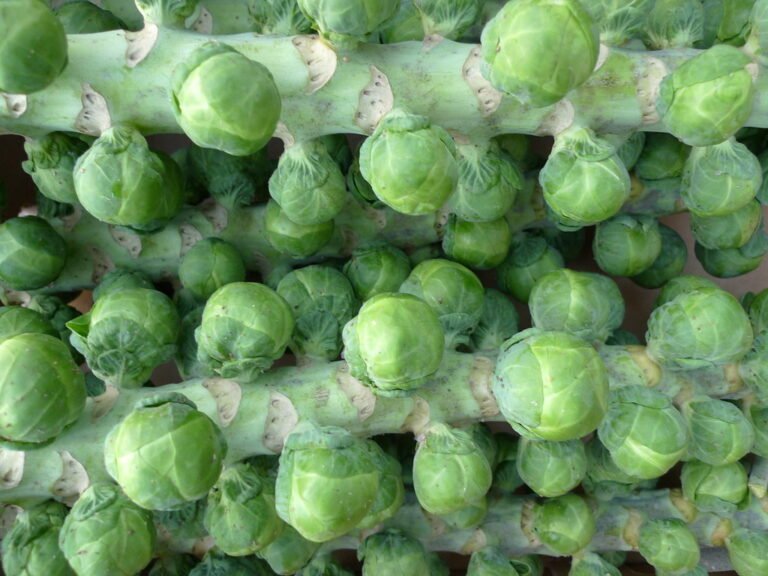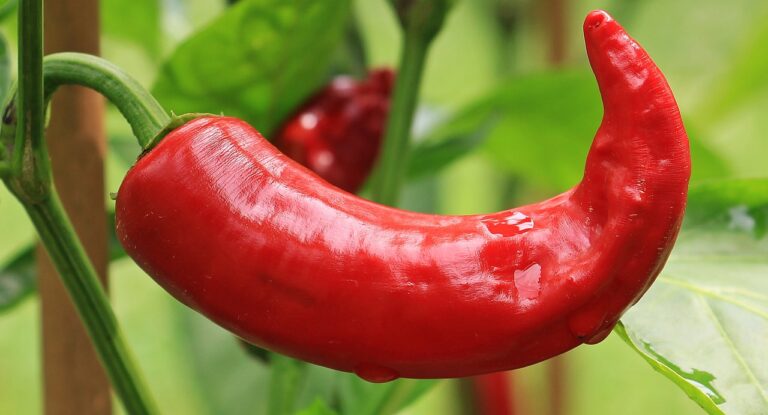Identifying When Butternut Squash Is Ripe: a Comprehensive Guide
Are you unsure of when to pick your butternut squash? Look no further! This comprehensive guide will provide you with all the information you need to identify when your squash is ripe and ready to harvest. From understanding the growth cycle to evaluating external appearance, we'll cover it all. By following these practical tips, you'll be able to confidently determine the ideal time to enjoy your delicious butternut squash. Let's get started!
Understanding the Growth Cycle
To understand when butternut squash is ripe, it is important for you to know about its growth cycle. Butternut squash belongs to the Cucurbitaceae family and typically takes about 100 to 110 days to mature from seed to harvest. The growth cycle of butternut squash can be divided into three main stages: germination, vegetative growth, and fruit development. During germination, the seed absorbs moisture and begins to sprout. This is followed by the vegetative growth stage, where the plant develops leaves, vines, and flowers. Finally, the fruit development stage begins, and the squash starts to grow and ripen. It is crucial to wait until the fruit reaches its full size and turns a deep tan or beige color before harvesting. By understanding the growth cycle, you can ensure that you pick the butternut squash at its peak ripeness, resulting in a delicious and flavorful harvest.
Evaluating External Appearance
When evaluating the external appearance of butternut squash, you can assess its ripeness by examining its color, texture, and overall condition. Firstly, look for a deep and uniform tan color on the squash's skin. Avoid any patches of green, as this indicates immaturity. Next, gently press on the skin with your thumb. A ripe butternut squash should have a firm texture and yield slightly under pressure, without feeling too soft or mushy. Additionally, check for any blemishes, cuts, or bruises on the surface of the squash. These can indicate damage or decay, and it's best to choose a squash that is smooth and unblemished. By carefully evaluating these external characteristics, you can select the perfect butternut squash for your culinary endeavors.
Determining the Ideal Size
To determine the ideal size of a butternut squash, assess its dimensions and weight. A mature butternut squash typically measures around 8 to 12 inches in length and 3 to 5 inches in diameter. It should feel heavy for its size and have a firm and solid texture. Avoid squashes that are too small, as they may not have fully developed their flavor and sweetness. On the other hand, overly large squashes can be tough and fibrous. When selecting a butternut squash, aim for one that fits comfortably in your hand and feels substantial. This will ensure that you have a squash that is both flavorful and easy to work with when preparing your favorite dishes.
Checking the Stem and Skin
By inspecting the stem and skin of the butternut squash, you can determine its ripeness. Start by examining the stem. A mature butternut squash will have a dry and darkened stem. If the stem is green and moist, the squash is not yet fully ripe. Next, take a close look at the skin. A ripe butternut squash will have a smooth and firm skin without any blemishes or soft spots. The color should be a deep tan or beige, indicating that it has reached its peak flavor. Avoid squashes with green or yellowish patches, as these are signs of immaturity. Additionally, check for any cracks or bruises on the skin, as these can indicate that the squash is overripe or damaged. By carefully examining the stem and skin, you can confidently select a perfectly ripe butternut squash for your next meal.
Tapping Into Ripeness With Sound
To determine the ripeness of a butternut squash, tap on its surface and listen for a hollow sound. This method is simple yet effective in gauging the readiness of your squash. When you tap on the skin, you are essentially checking for the density of the flesh inside. A ripe butternut squash will produce a hollow sound, indicating that the flesh has matured and the squash is ready to be eaten. On the other hand, an unripe squash will produce a dull thud, suggesting that the flesh is still underdeveloped. By relying on your sense of hearing, you can confidently select the perfect butternut squash for your next meal. So don't be afraid to give it a gentle tap and let the sound guide you towards flavor-packed goodness.
Testing Firmness and Texture
Check the firmness and texture of the butternut squash to determine its ripeness. Gently press your thumb against the skin of the squash. A ripe butternut squash will feel firm but slightly give under the pressure. If it feels too soft or mushy, it may be overripe and not ideal for consumption. Next, examine the texture of the squash. The skin should be smooth and free from blemishes or soft spots. A wrinkled or discolored skin may indicate that the squash is past its prime. Additionally, run your fingers over the skin to ensure it is not too rough or cracked. By checking the firmness and texture of the butternut squash, you can ensure that you are selecting a ripe and delicious vegetable to serve to your loved ones.
Observing Color Changes
When observing color changes, you can determine the ripeness of a butternut squash by looking for distinct signs. A ripe butternut squash will have a deep, rich color. The skin should be a uniform tan or beige, without any green patches. As the squash ripens, the color intensifies, becoming more vibrant. Avoid squash that is still green or has a pale color, as these are indicators of immaturity. Additionally, pay attention to the stem end of the squash. A ripe squash will have a dry, corky stem that is easily detached. If the stem is still green or moist, the squash is not yet fully ripe. By observing the color changes, you can ensure that you select a perfectly ripe butternut squash for your next meal.
Monitoring the Curing Process
Continue to monitor the curing process by regularly inspecting the butternut squash for changes in texture and firmness. As the curing process progresses, the squash will gradually become firmer and the skin will harden. Gently press your thumb against the skin to check for any soft spots or indentations. A fully cured butternut squash should feel solid and have a tough skin that resists pressure. Additionally, pay attention to the texture of the squash. It should feel smooth and dry to the touch. If you notice any mold or softening, it may indicate that the squash is not properly curing and should be used immediately. By closely monitoring the curing process, you can ensure that the butternut squash is ripe and ready to be enjoyed in your favorite recipes.
Smelling for Sweetness
To determine the ripeness of butternut squash, rely on your sense of smell to detect its sweetness. When a butternut squash is fully ripe, it should emit a sweet aroma that is reminiscent of melons or even pumpkin pie. Take a moment to hold the squash close to your nose and inhale deeply. If you detect a subtle, pleasant sweetness, then the squash is likely ready to be enjoyed. However, if the scent is faint or nonexistent, it may be an indication that the squash is not fully ripe yet. Remember, the aroma should be distinct and inviting. Trust your sense of smell to guide you in selecting the perfect butternut squash for your next meal.
Harvesting at the Right Time
To harvest your butternut squash at the right time, use a simple trick to ensure optimal ripeness. When the squash has reached its mature size and the skin is hard, it's time to harvest. To test the ripeness, gently press your fingernail into the skin. If it leaves a mark, the squash is not yet ready. However, if the skin is tough and does not dent under pressure, it's time to harvest. Another indicator is the color of the skin. A fully ripe butternut squash will have a deep, tan color. If the squash is still green, it needs more time to mature. By following these guidelines, you can ensure that you harvest your butternut squash at the perfect time for maximum flavor and texture.
Conclusion
In conclusion, identifying when butternut squash is ripe requires a combination of visual cues, physical inspections, and sensory observations. By understanding the growth cycle, evaluating external appearance, checking the stem and skin, tapping into ripeness with sound, observing color changes, monitoring the curing process, and smelling for sweetness, you can ensure that you harvest the butternut squash at the right time for optimal flavor and texture. Follow these practical and detailed steps to enjoy delicious and perfectly ripe butternut squash in your meals.


